Xiaomi Mi Notebook Pro review: This MacBook Pro clone has some serious hardware
Ever wondered what a MacBook Pro would be like if it ran Windows 10? The Mi Notebook Pro answers that question.
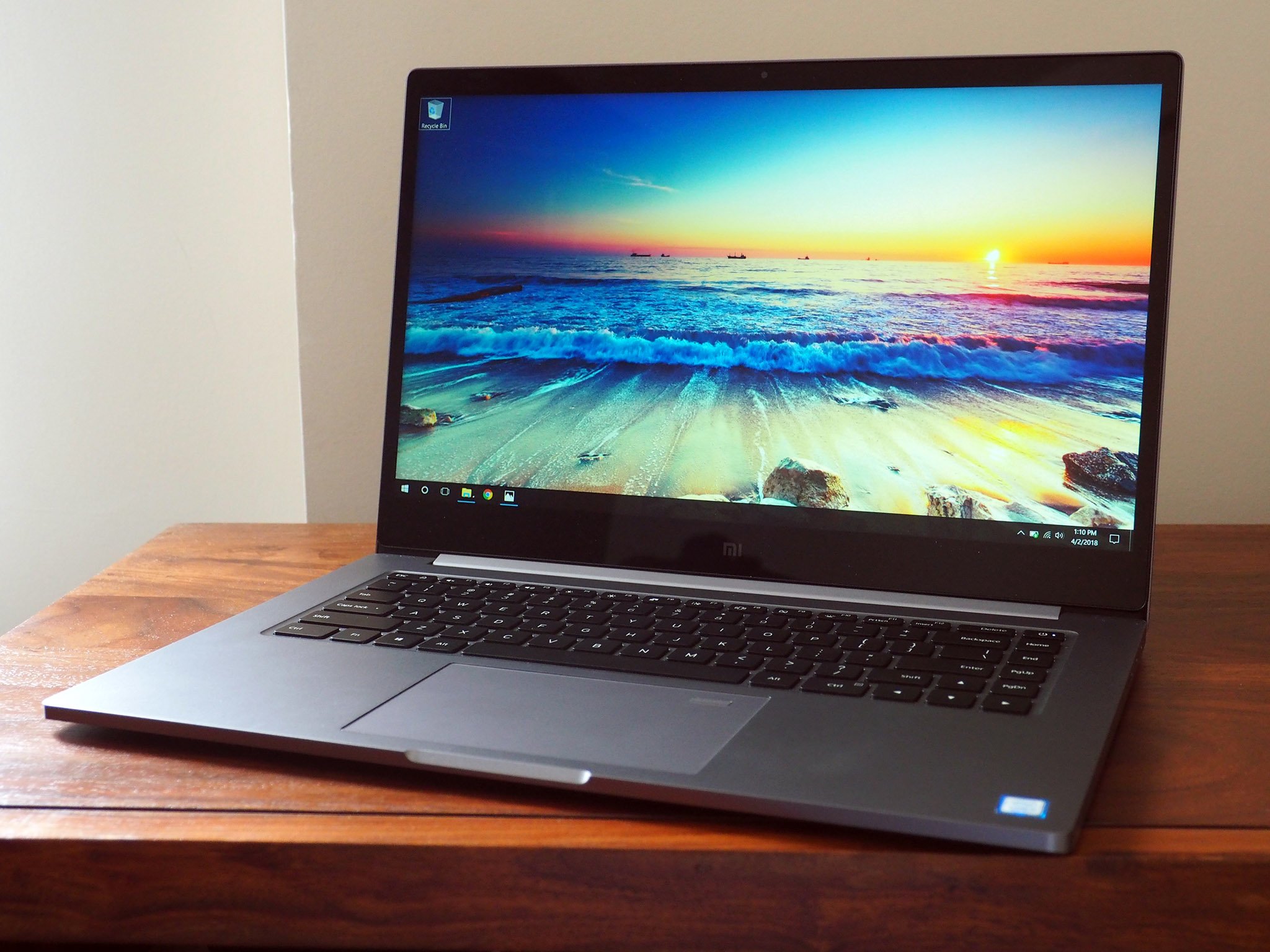
Xiaomi is known primarily for its phones, with the Chinese manufacturer now among the five largest smartphone brands in the world.
In China, however, phones are just one part of a larger ecosystem that includes everything from robot vacuum cleaners to LED bulbs, smart shoes, and backpacks. You can even buy Xiaomi-branded screwdrivers, comforters, and luggage from its Mi Home retail stores in China, and the brand is increasingly looking to the lifestyle segment as a growth driver.
So it stands to reason that Xiaomi would venture into the notebook segment. The first Xiaomi laptop was the Mi Notebook Air, which made its debut back in 2016. As the name suggests, the Mi Notebook Air was targeted at MacBook Air, offering a similar set of features as Apple — and building on the MacBook Air in a few areas — but at a significantly lower price point.
With the Mi Notebook Pro, Xiaomi is looking to do the same to the MacBook Pro. The laptop shares a similar design aesthetic to the MacBook Pro, but retails for $1,150. For that price, you get a 15.6-inch Full HD panel, eighth-gen Kaby Lake Intel Core i7-8550U CPU clocked at 1.8GHz, NVIDIA GeForce MX150 GPU, 8GB of RAM, 256GB M.2 SSD, Wi-Fi ac, two USB 3.0 ports, and two USB-C ports.
On paper, the Mi Notebook Pro sounds like an interesting proposition — you're getting a notebook with the same design as the MacBook Pro and decent hardware for less than half the cost. Let's see if the laptop manages to hold its own in this segment when it comes to real-world usage.
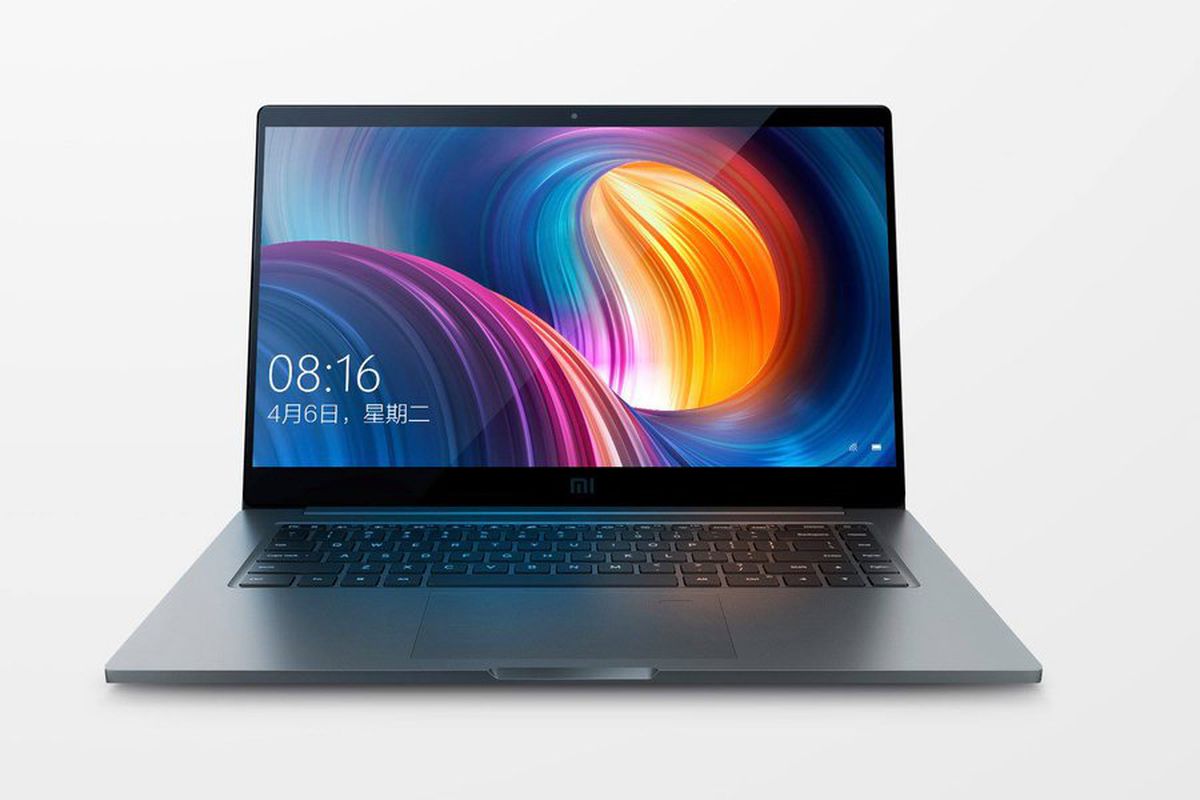
Starts at $1050
Bottom Line: The Mi Notebook Pro has seriously impressive hardware, but availability is a major issue and you'll have to contend with a Chinese build of Windows 10.Pros:
Top-notch design and build qualityExcellent performanceDecent battery lifeDiscrete GPUCons:
AvailabilityRuns Chinese Windows 10 out of the boxWhat you'll love about the Mi Notebook Pro
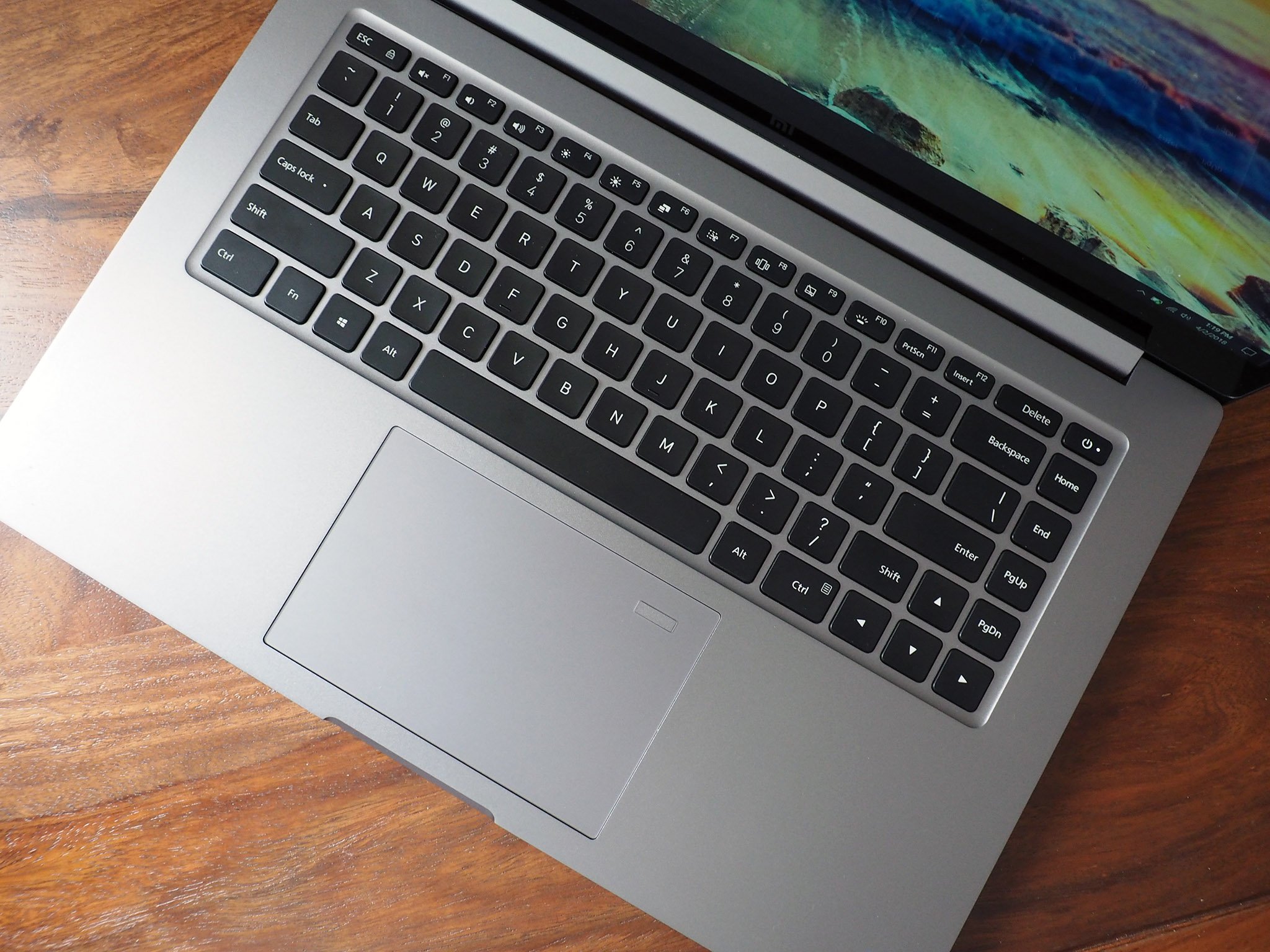
The Mi Notebook Pro is inspired by the MacBook Pro, and as such you'll find a similar design aesthetic — down to the Deep Gray color scheme. The entire chassis is machined out of magnesium alloy, and the build quality is right up there with the best that Apple has to offer. Unlike most MacBooks, however, you won't see any logos on the front fascia — the only branding is a Mi logo that's located below the display.
| Category | Specs |
|---|---|
| Form factor | Clamshell laptop |
| Display | 15.6-inch Full HD IPS (1920 x 1080) |
| CPU | 1.6GHz Intel Core i5-8250U |
| GPU | NVIDIA GeForce MX150 with 2GB of DDR5 memory |
| RAM | 8GB DDR4 |
| Storage | 256GB M.2 SSD (second SSD slot available) |
| Ports | Two USB 3.0, two USB-C, HDMI, 3.5mm jack, SD card reader |
| Battery | Li-ion 8000mAh battery |
| Connectivity | Wi-Fi ac, Bluetooth 4.1 |
| Size | 0.59 inches (front edge) x 14.17 inches x 9.61 inches (14.98mm x 359.9mm x 244mm) |
| Weight | 4.38 pounds (1.99 kilograms) |
The notebook mirrors the 15-inch MacBook Pro's dimensions as well, and at 0.59 inches it is slightly thinner on the leading edge. That said, the Mi Notebook Pro doesn't have the same tapered front as the MacBook Pro, so what you essentially get is a more angular design. Furthermore, at 4.38 pounds, it is heavier than the MacBook Pro, which comes in at 4.02 pounds.
Get the Windows Central Newsletter
All the latest news, reviews, and guides for Windows and Xbox diehards.
One area where the Mi Notebook Pro outshines the MacBook Pro is with regards to connectivity — you get a total seven ports on the notebook. The left side has two USB 3.0 ports and an HDMI port along with the 3.5mm jack, and on the right you'll find two USB-C ports and an SD card reader. The first USB-C port is used for charging, and it takes slightly under two hours to fully top up the battery using the 5V/3A charger bundled in the box.
The Mi Notebook Pro isn't the best laptop around when it comes to battery life, but you shouldn't have any issues getting eight hours' worth of battery life consistently. NVIDIA's energy-efficient MX150 GPU assists in eking out the most from the 8000mAh battery, turning over to the built-in Intel HD 620 chipset for low-power tasks and kicking in only when required.
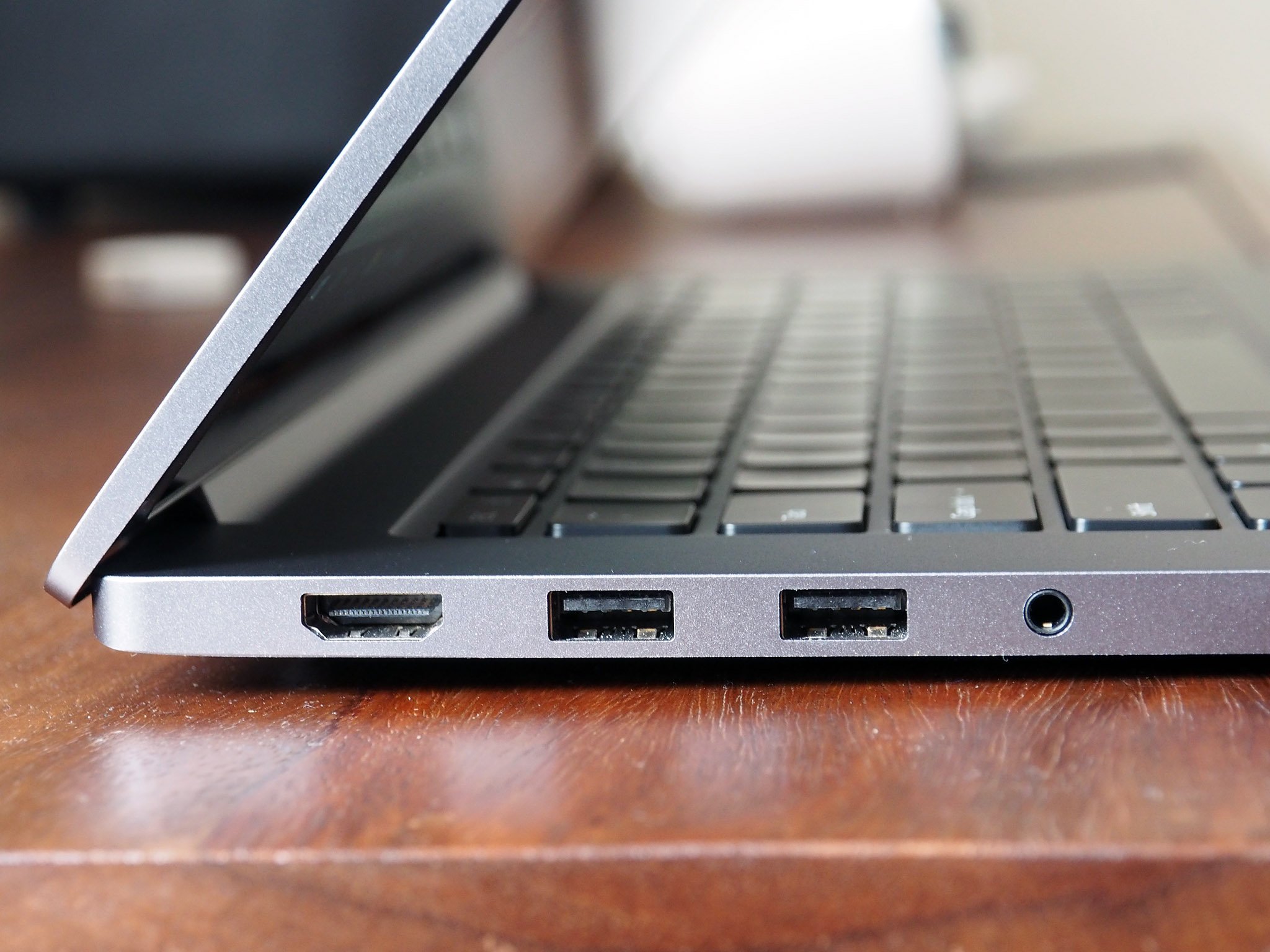

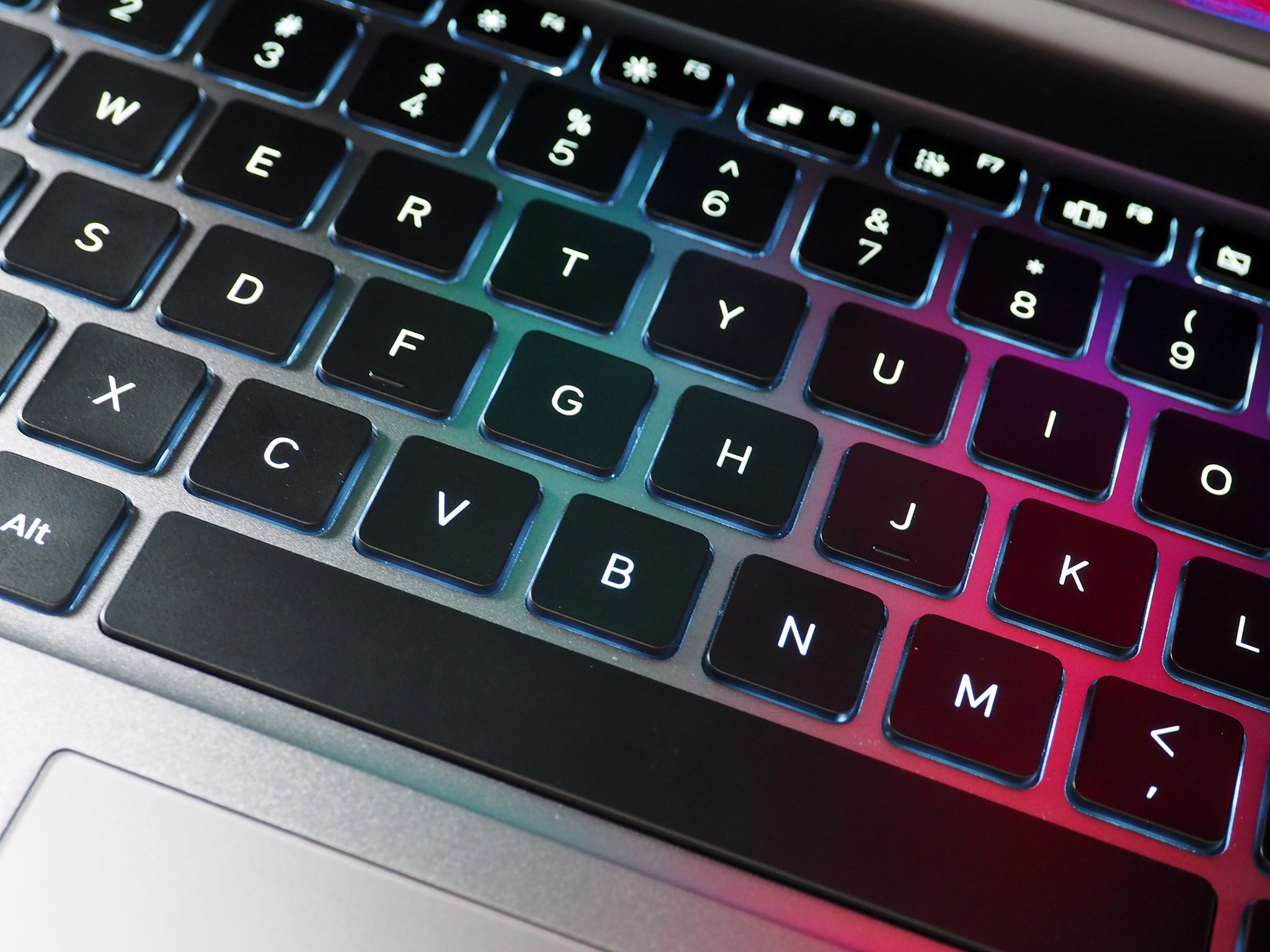
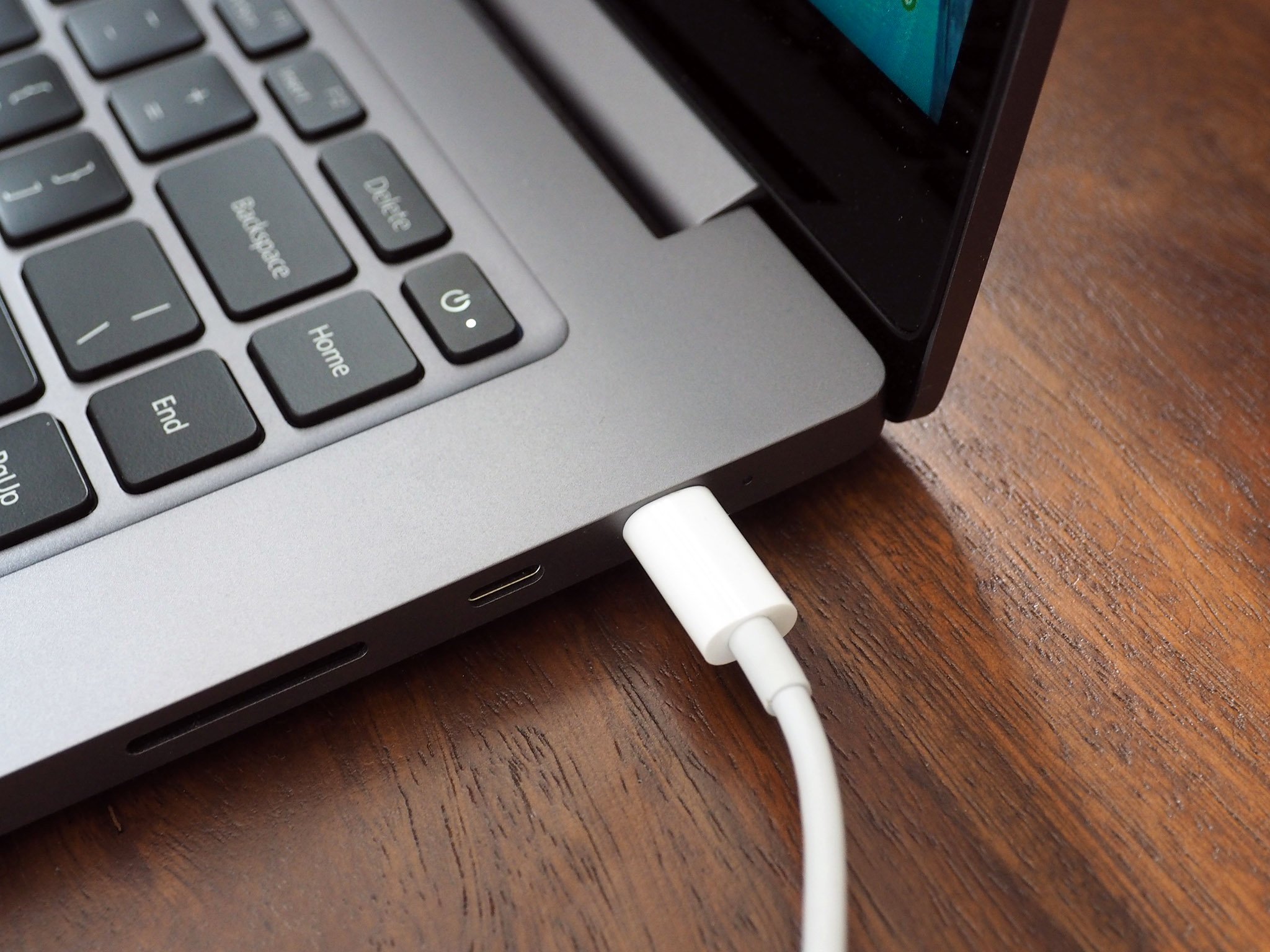
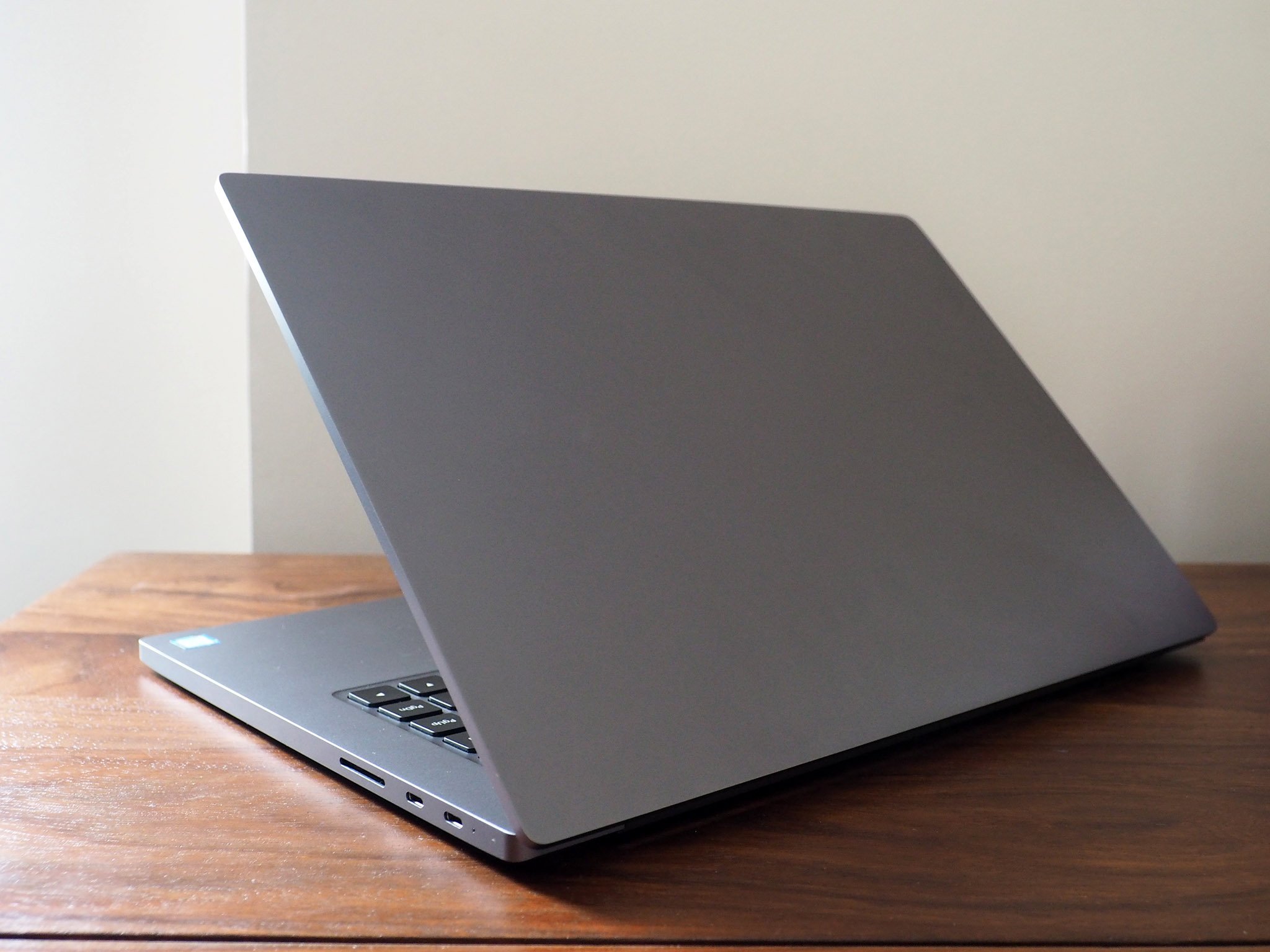
The large 15.6-inch IPS panel has slim bezels, and the display has accurate color reproduction. The one downside is that it is a glossy panel, and as such viewing angles aren't ideal — more often than not, you'll end up catching your own reflection in the screen. The maximum brightness at 300nits is more than adequate, but Xiaomi should have featured a higher-resolution panel. The Full HD display gets the job done, but considering the 15.6-inch form factor, it would've made more sense to go with a QHD panel.
Where the Mi Notebook Pro truly shines is in terms of the performance — the Intel Core i5-8250U CPU coupled with the NVIDIA MX150 create a potent combination that handles everything you throw at it with ease. You get 8GB of RAM and a 256GB M.2 SSD as standard, and if you're looking to extend the storage, you can unscrew the back panel and install a secondary M.2 SSD.
Typing on the Mi Notebook Pro is a delight: the laptop comes with full-sized keys with 1.5mm travel and low actuation force. The keys are backlit as well, and the keyboard is generally great for extended typing sessions thanks to the 0.3 curvature of the keys. The 12.5cm x 8.5cm trackpad takes up the lower third of the body, and it is one of the best I've used on a Windows laptop to date.
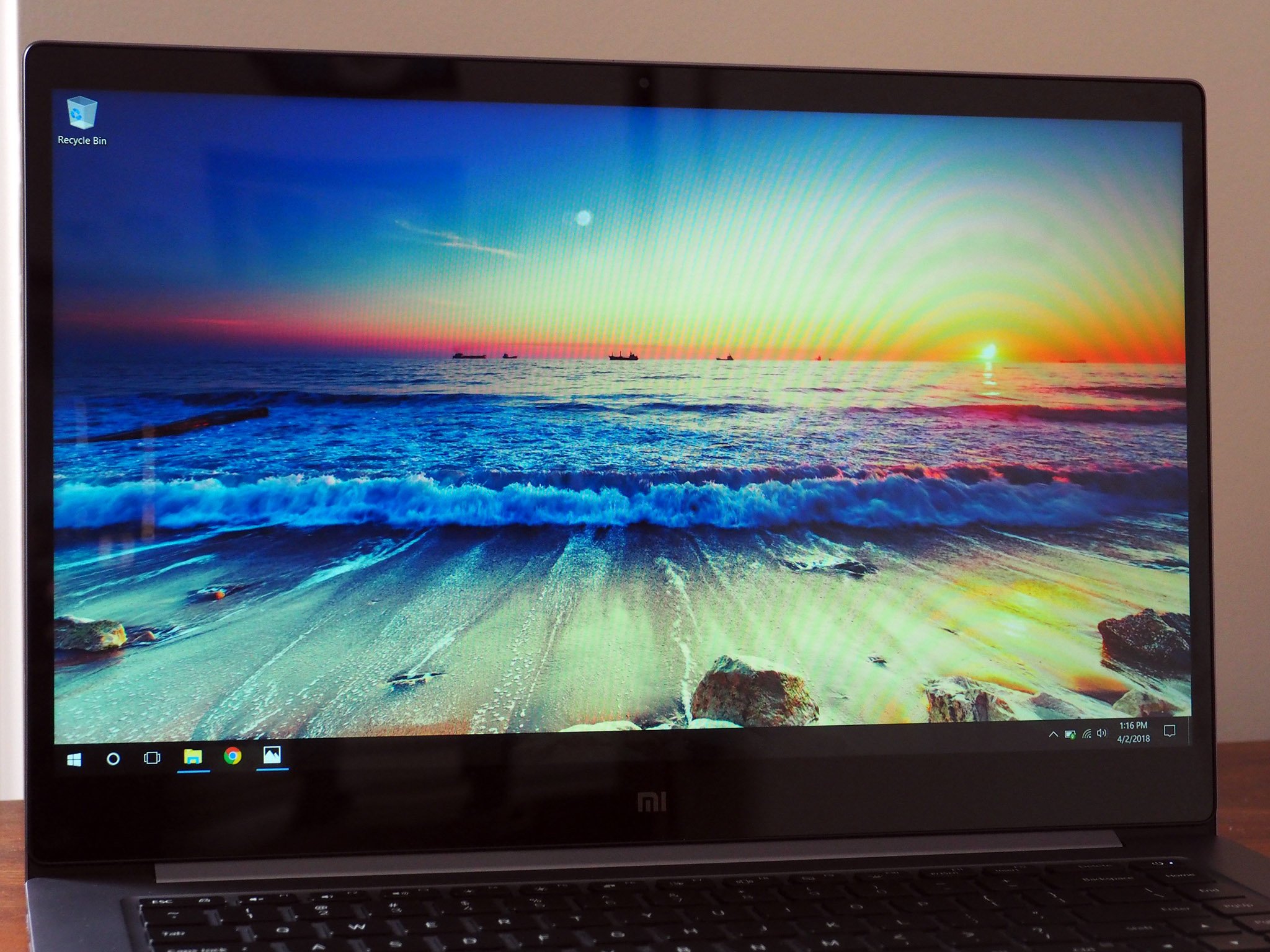
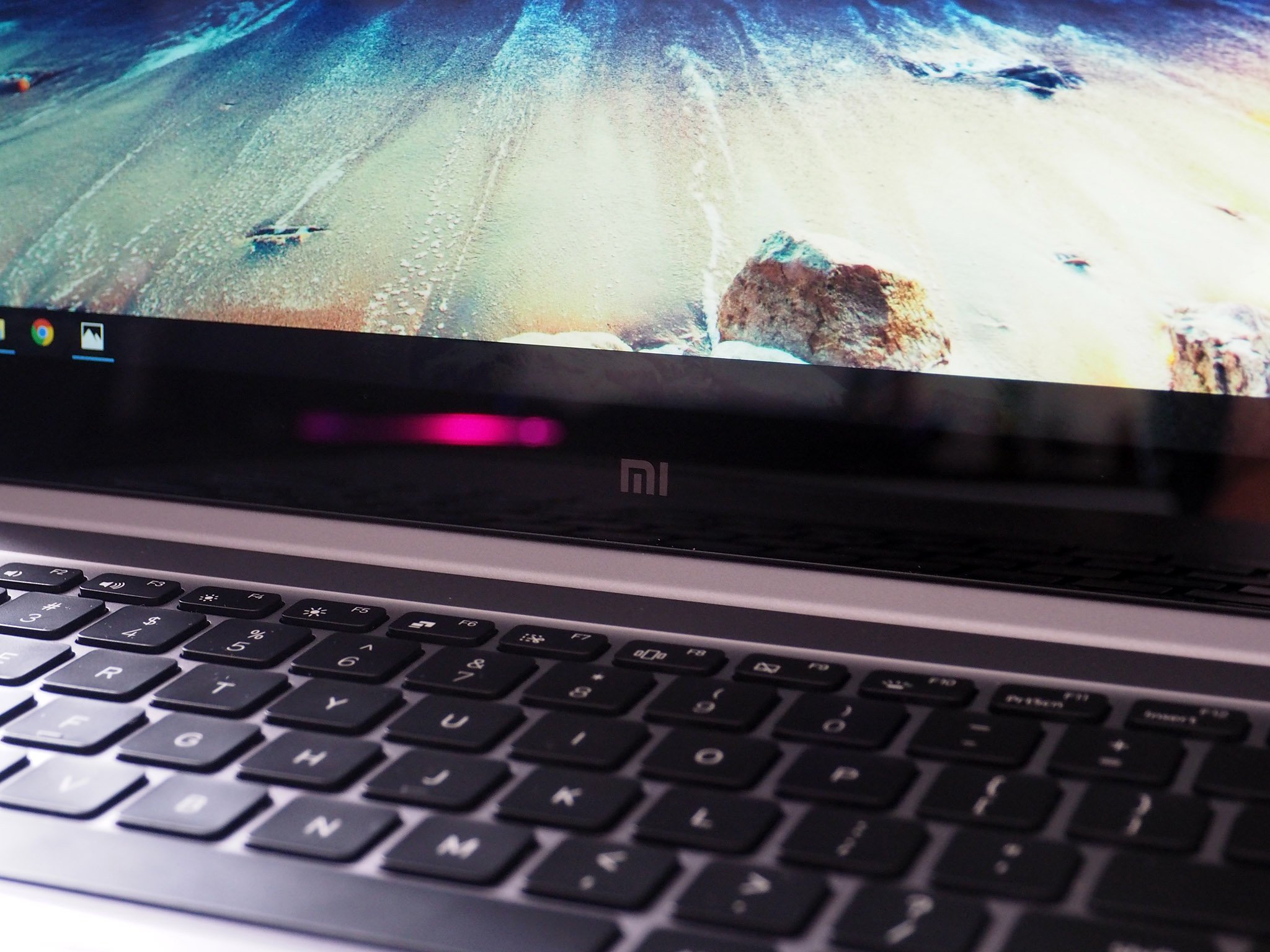
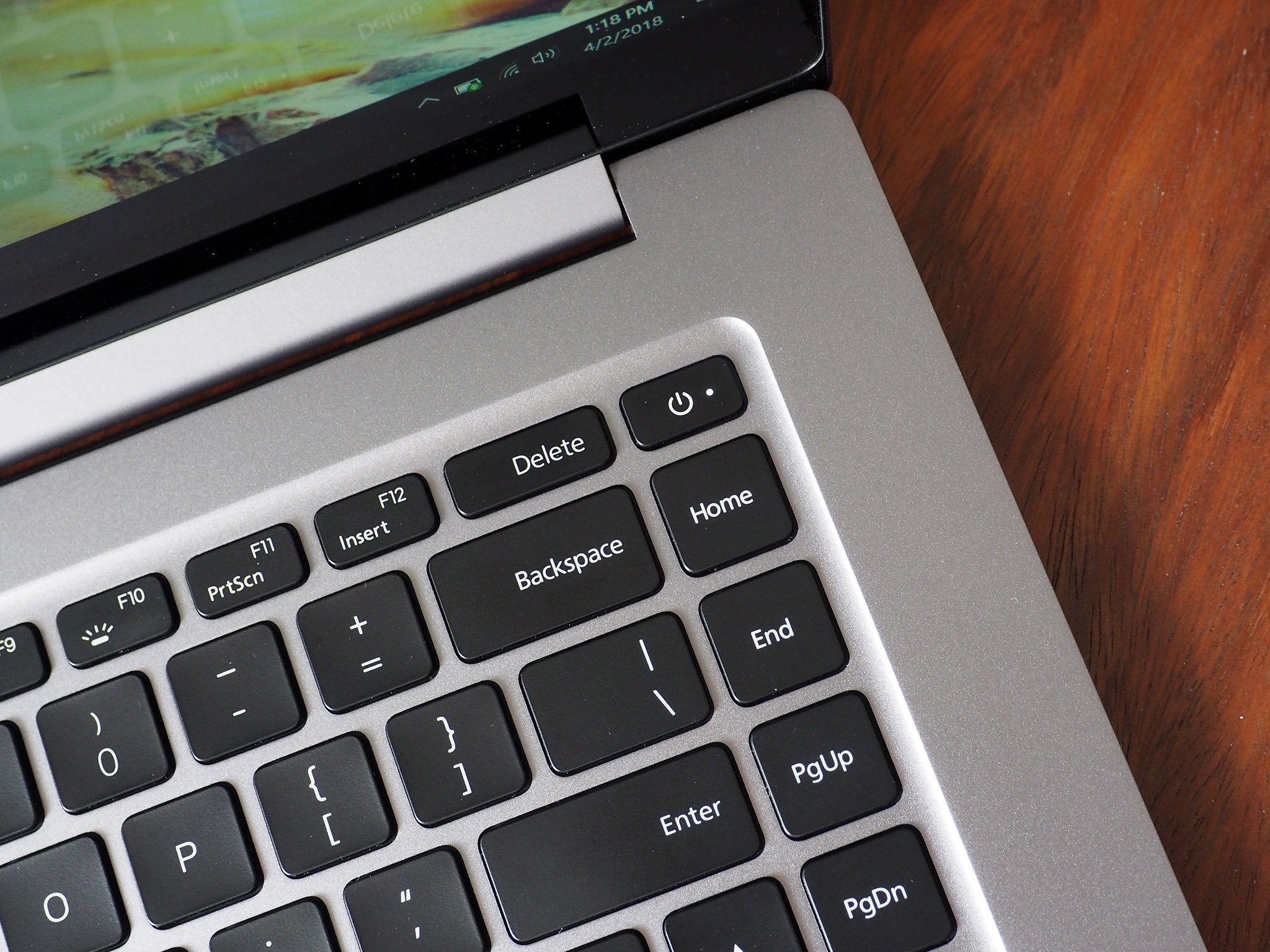

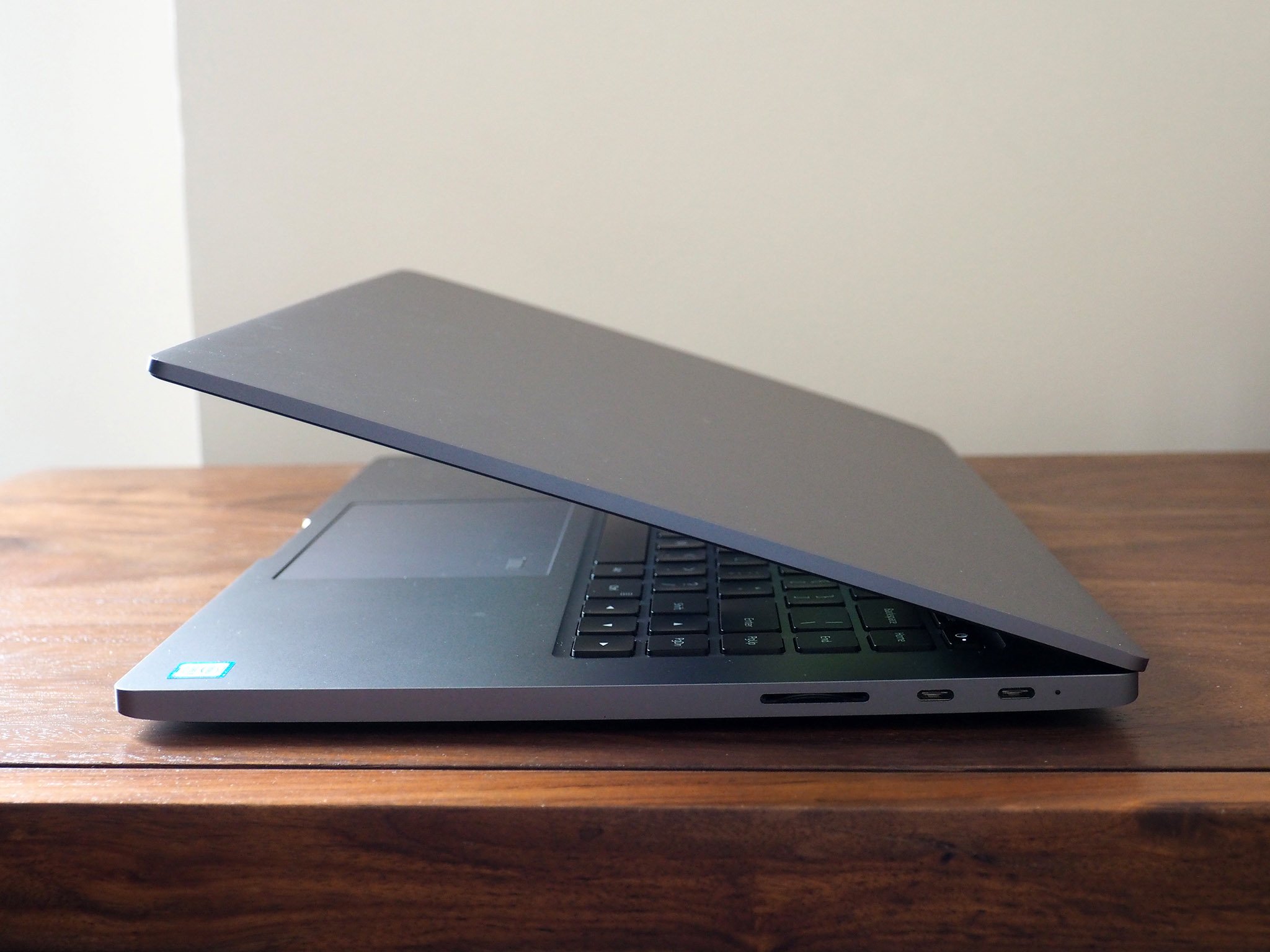
It is a Microsoft Precision touchpad, and offers gesture support for Windows 10. There's a fingerprint sensor located at the top right corner for Windows Hello support. The Mi Notebook Pro also features dual 2.5W Dolby Atmos-certified Harman Kardon Infinity speakers at the bottom, and the sound coming out of the laptop is loud and detailed.
What you'll hate about the Mi Notebook Pro
My main issue with the Mi Notebook Pro is the fact that it runs a Chinese build of Windows 10 out of the box. You'll have to rely on Google Translate for the initial configuration, and then install an English language pack once you boot into Windows. The entire process is cumbersome, but with the notebook limited to China, there's no way of getting an English language pack installed by default.
You can go ahead and install a fresh version of Windows 10 (provided you have an unused license key), and if you're going down this route, know that you'll have to reinstall the drivers for the touchpad, Wi-Fi module, and others. Thankfully, Windows Update automatically downloads all the relevant drivers, but if it doesn't, you can download the entire driver package direct from Xiaomi.
Coming in at 4.38 pounds and with dimensions of 14.17 inches x 9.61 inches, the Mi Notebook Pro is large and bulky — it certainly isn't the most portable laptop around. Then there's the backlight for the keyboard — unlike the MacBook Pro, there's no way to adjust the intensity of the backlight. You just get an on/off toggle, and more than once I found the backlight to be too intense when working on the Mi Notebook Pro in the dark.
The fans also get uncomfortably loud at times, particularly if you have a lot of tabs open in Chrome. This isn't an issue that's unique on the Mi Notebook Pro, however.
Bottom line
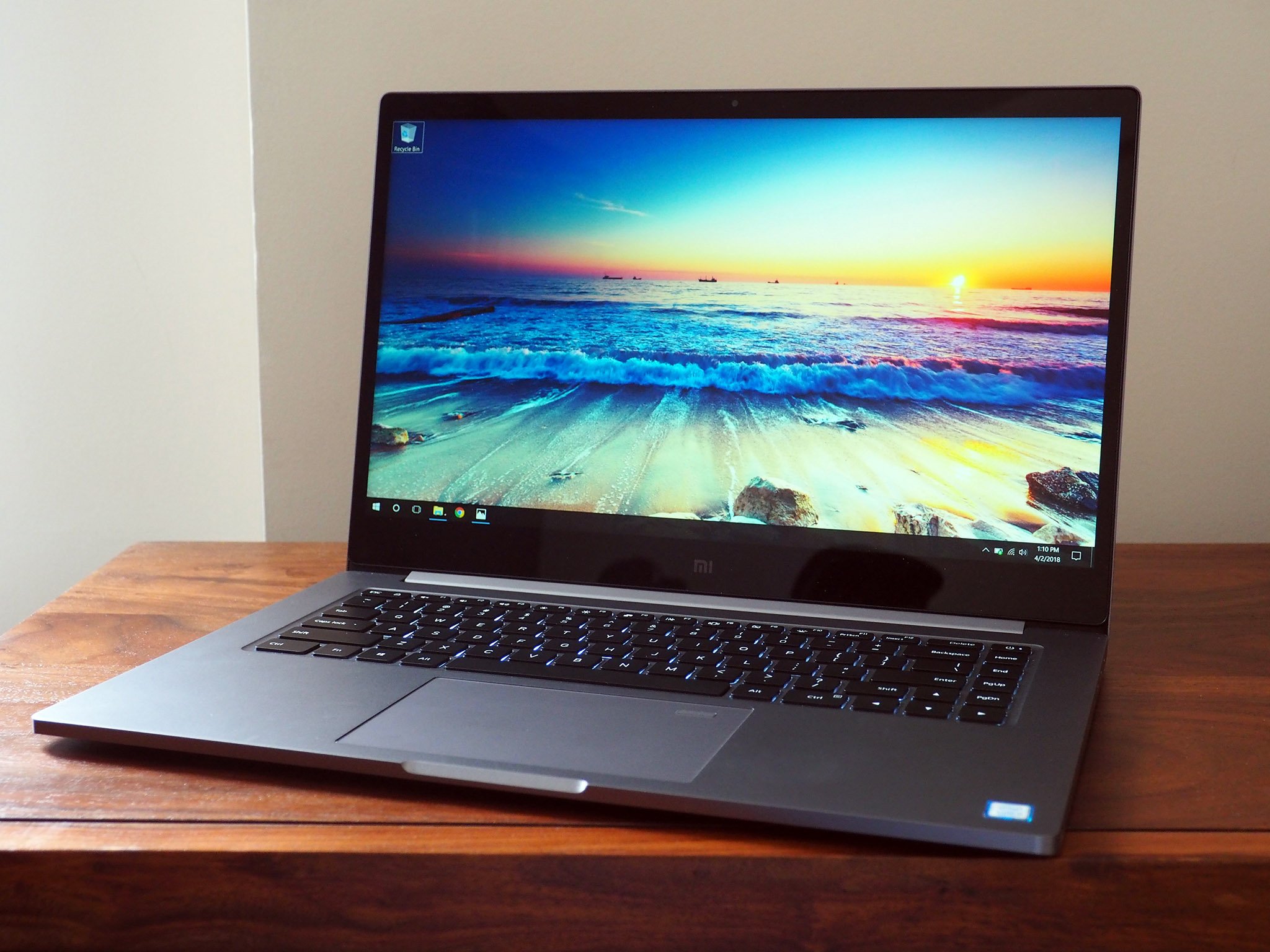
There's plenty to like in the Mi Notebook Pro — it is exquisitely designed and built to last, and you get top-notch performance along with an eight-hour battery life. That said, it does have its shares of frustrations, mostly centered around the fact that you can't walk into a store and pick one up.
The Mi Notebook Pro is limited to China, and it doesn't look like that will change anytime soon. Xiaomi is aggressively expanding its portfolio in India, its second-largest market, but as of now it's unclear whether the manufacturer's notebooks will end up coming to the subcontinent. As such, your best option of picking up the Mi Notebook Pro is via Chinese reseller sites like Gearbest.
Going the reseller route has its own drawbacks, as you'll have to pay customs duties. The duty varies from region to region, so you'll have to check the local guidelines in your country for importing electronics. I ended up paying over $200 in customs to import the Mi Notebook Pro into India, so you'll have to factor that into your purchasing decision as well.
Overall, the Mi Notebook Pro has a lot to offer, but availability issues and hassles with initial configuration make it a non-starter. The hardware is certainly enticing, but there are much better alternatives around.

Harish Jonnalagadda is a Senior Editor overseeing Asia for Android Central, Windows Central's sister site. When not reviewing phones, he's testing PC hardware, including video cards, motherboards, gaming accessories, and keyboards.
